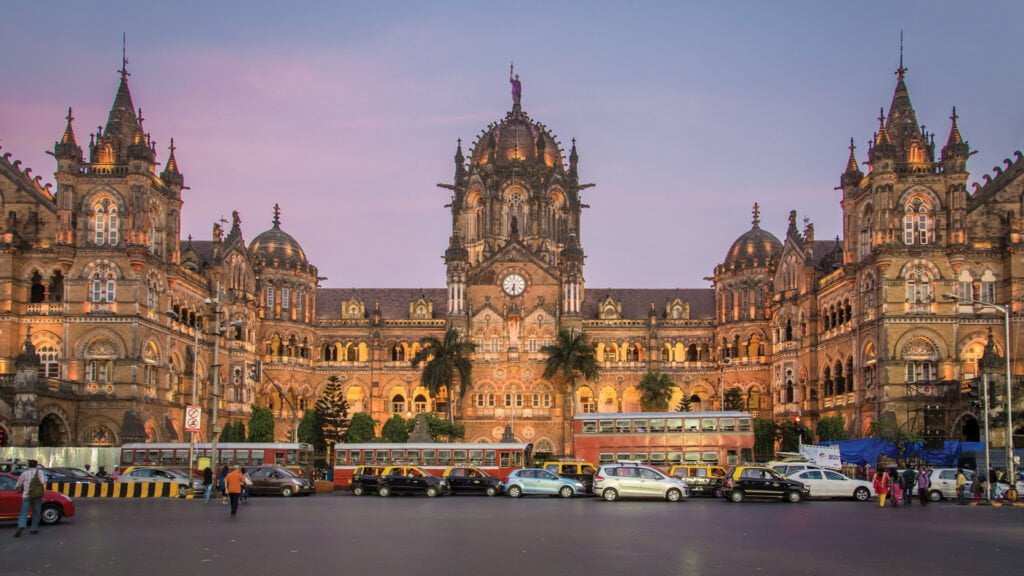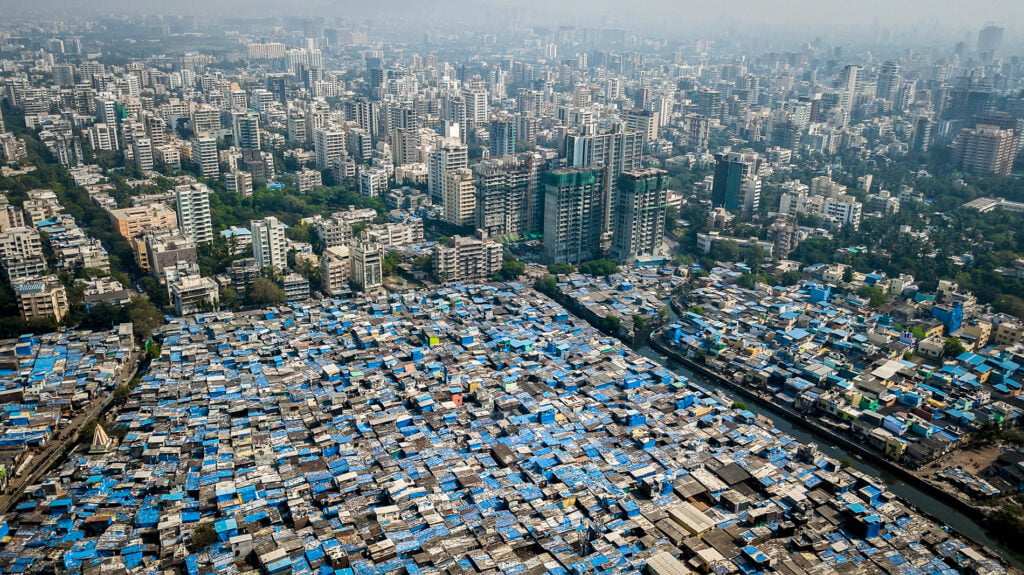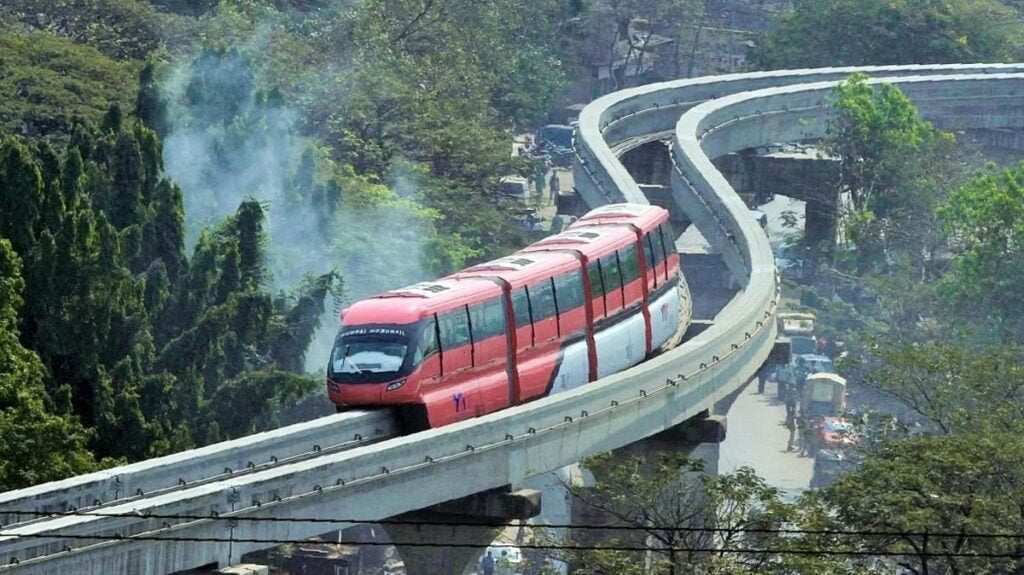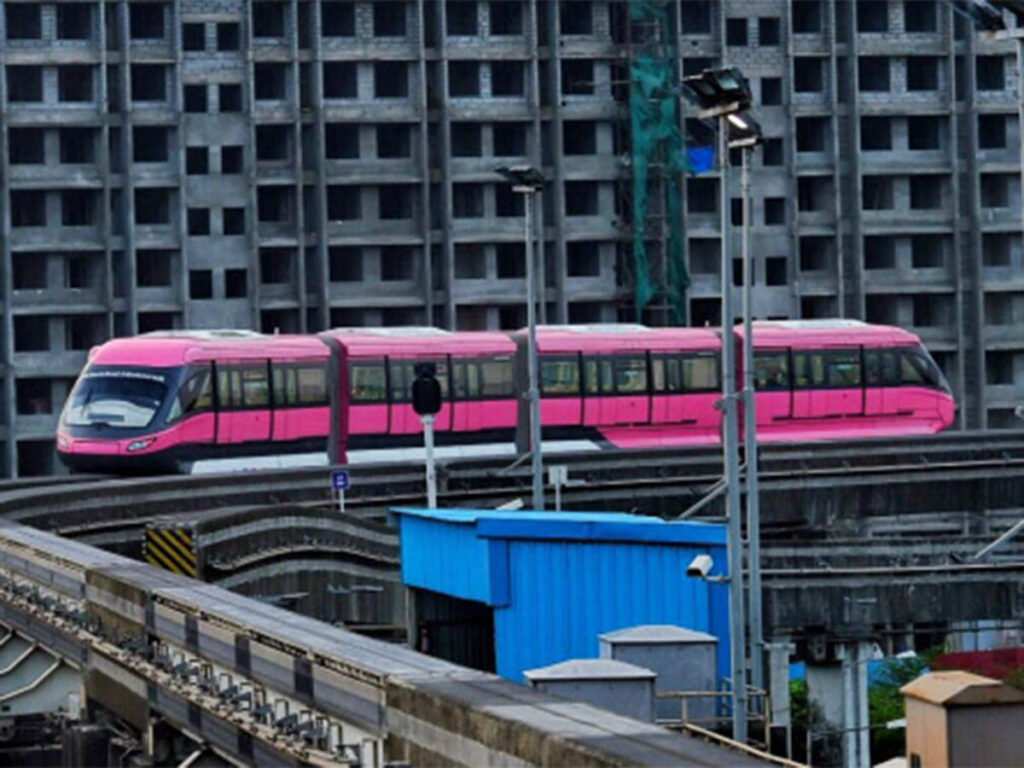Introduction
Mumbai, located on India’s western coast and originally called Bombay, is a dynamic and bustling city. Known as the ‘Financial Capital’ of India, it’s famous for its fast-paced life, towering skyscrapers, vibrant street markets, and street food. With a population of over 20 million, Mumbai is a melting pot of diverse cultures, traditions, and languages.

The city is a blend of modernity, culture, and history, evident in its iconic sites like Marine Drive and the Gateway of India. As the heart of India’s entertainment industry, Mumbai is home to Bollywood, the famous Hindi film industry. It’s a city that never sleeps and is celebrated for its resilience.
Urban Challenges in Mumbai
As Mumbai’s population continues to grow, the city faces significant challenges. The transportation infrastructure is under immense strain due to the increasing number of residents and vehicles. This population boom and surge in traffic have led to severe congestion, putting pressure on the existing transport systems.

Current State of Public Transport in Mumbai
Given the poor road conditions and heavy traffic, public transport is often the best option for navigating Mumbai. However, the city’s public transport system is struggling to keep pace with its rapidly growing population. Overcrowding and road congestion are major issues, despite Mumbai operating over 3,000 trains daily and a fleet of 12,800 buses. The congestion on the roads has also hindered buses from reaching the city’s suburban areas.
To meet the growing demand for public transport in suburban regions, the Mumbai Metropolitan Region Development Authority (MMRDA) initiated the construction of a monorail line. This project aims to expand and enhance Mumbai’s public transport network, providing a much-needed solution to the city’s transportation challenges.
Understanding the Monorail
A monorail operates on a single, narrow track that can be positioned either above or below the railway cars. In systems with the rail above the cars, wheeled axles run on the overhead rail, while in systems with the rail below, guide wheels provide stability. The monorail’s lightweight structure allows it to make sharp turns in congested city areas, making it ideal for densely populated cities like Mumbai. Monorails are favored in urban environments because their tracks occupy less space, making them an effective solution for transportation in crowded areas.

The Launch of Mumbai Monorail
The Mumbai Metropolitan Region Development Authority (MMRDA) proposed the Mumbai monorail in 2005 to improve urban mobility. Announced in September 2008, the Mumbai monorail was designed as a feeder service connecting Chembur, Wadala, and Sant Ghadge Maharaj Chowk. The project was undertaken to:
- Reduce Congestion: The monorail was planned for areas with narrow, congested roads to ease traffic without causing property loss.
- Enhance Connectivity: The project aimed to connect the eastern suburban areas with South Mumbai and integrate with other transport lines like the harbor, central, and western lines.
- Promote Eco-friendly Transit: The monorail is quieter and more environmentally friendly compared to metro systems.
- Ensure Timely Travel: It reduces travel time, particularly during peak hours, between central and eastern suburban areas.
Key Facts about the Mumbai Monorail
- Modern Urban Transport: The Mumbai Monorail, with its speed of 80 km/h and an average speed of 32 km/h, offers quick and easy travel, extending public transport to suburban areas.
- Technical Specifications: It runs on a 1435 mm standard track gauge and is electrified using a 750 V DC third rail. Communication-Based Train Control (CBTC) technology ensures signaling safety.
- Safety and Capacity: Each train has four coaches, is 44.8 meters long, and can accommodate up to 568 passengers, helping to alleviate overcrowding in other public transport modes.
- Cost and Investment: The project costs an estimated Rs. 24.6 billion, reflecting the city’s commitment to improving urban mobility.
- Rolling Stock: Initially provided by Scomi, new rolling stock is being produced by Medha-SMH Rail Pvt. Ltd. in collaboration with Malaysia-based SMH Rail.

Operational Lines of Mumbai Monorail
- Phase 1: The operational line from Chembur to Jacob Circle covers 19.54 km with 18 stations. It serves around 16,000 commuters on weekdays and 10,000 on weekends. The project was completed by a consortium of Larsen & Toubro and Scomi Engineering at an estimated cost of Rs. 27.16 billion.
Challenges During Construction
- Land Acquisition: The project required significant land for tracks and stations, leading to delays due to bureaucratic procedures.
- Encroachment Removal: Clearing settlements along the route without causing disruption was a complex task.
- Approvals: Multiple stakeholder approvals added to the project timeline.
- Technical and Safety Concerns: Addressing technical glitches and ensuring safety led to additional delays.
Proposed Monorail Lines
- Phase 1 (Line 2): Mulund–Goregaon–Borivali, 30 km, estimated cost Rs. 41.7 billion.
- Phase 1 (Line 4): Lokhandwala–SEEPZ–Kanjurmarg, 13.14 km, estimated cost Rs. 18,265 million.
- Phase 1 (Line 5): Thane – Mira-Bhayandar – Dahisar, 24.25 km, estimated cost Rs. 33,708 million.
- Phase 2 (Line 6): Kalyan–Ulhasnagar–Dombivli, 26.40 km, estimated cost Rs. 36,696 million.
- Phase 2 (Line 7): Chembur–Ghatkopar–Kopar Khairane, 16.72 km, estimated cost Rs. 36,863 million.
- Phase 2 (Line 8): Mahape–Shil Phata–Kalyan, 21.10 km, estimated cost Rs. 29,329 million.
Major Contractors
- L&T – Scomi Engineering Bhd JV: Responsible for designing, building, and operating the monorail.
- Consort Digital: Handled supply, installation, integration, and commissioning of the project.
Benefits of Mumbai Monorail
- Reduced Road Congestion: The monorail provides an alternative mode of transportation, easing traffic between Chembur and Jacob Circle.
- Urban Development: It enhances connectivity in suburban areas and encourages development around stations.
- Environmental Impact: The monorail, powered by electricity, reduces air pollution and noise, promoting a cleaner environment.
Global Monorail Projects
- Tokyo Monorail: Connects Tokyo International Airport with various wards in Tokyo, offering safe, fast travel with scenic views, including Mount Fuji.
- Las Vegas Monorail: Serves 7 stations along the Las Vegas Strip, providing timely, eco-friendly travel despite facing challenges over the years.
Conclusion
Mumbai’s monorail is a major step toward creating a more sustainable and efficient urban environment. Despite challenges like land acquisition, encroachments, and bureaucratic delays, the Mumbai Monorail is now operational, serving thousands of commuters daily. When compared to global systems like those in Tokyo and Las Vegas, the Mumbai Monorail has the potential to significantly improve urban living in the city.
Tags: #Mumbai #PublicTransport #Monorail #UrbanMobility #Infrastructure #MMRDA #SustainableTransport #EcoFriendly #UrbanDevelopment #CongestionRelief #SuburbanConnectivity #EnvironmentalImpact #GlobalMonorail #TokyoMonorail #LasVegasMonorail





